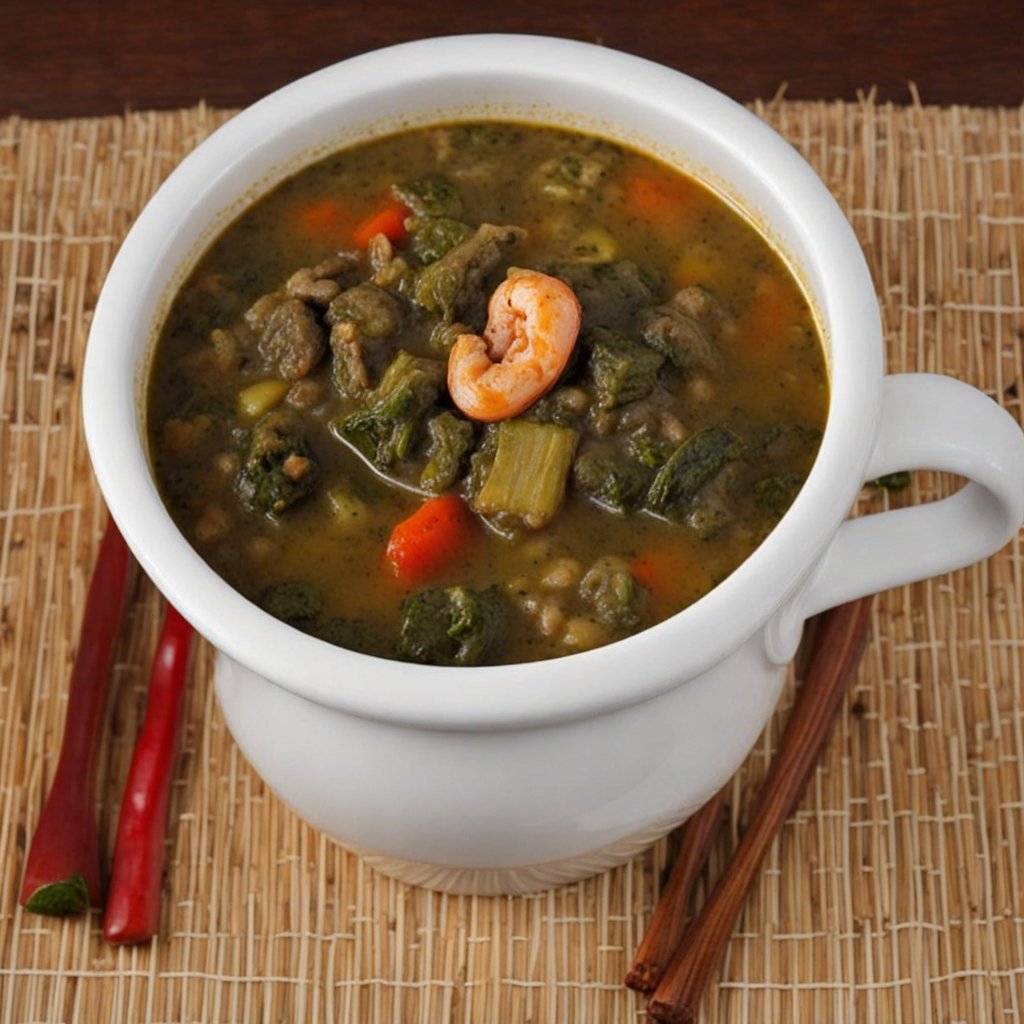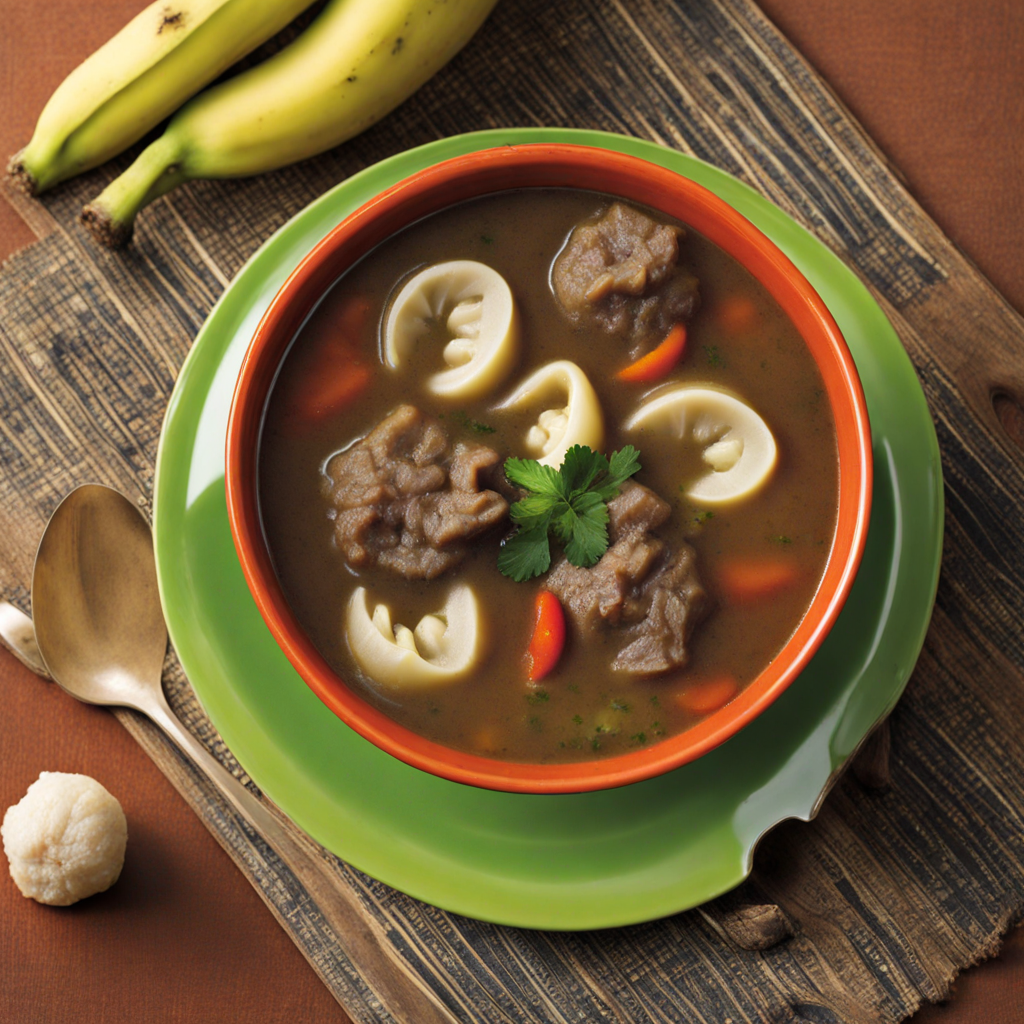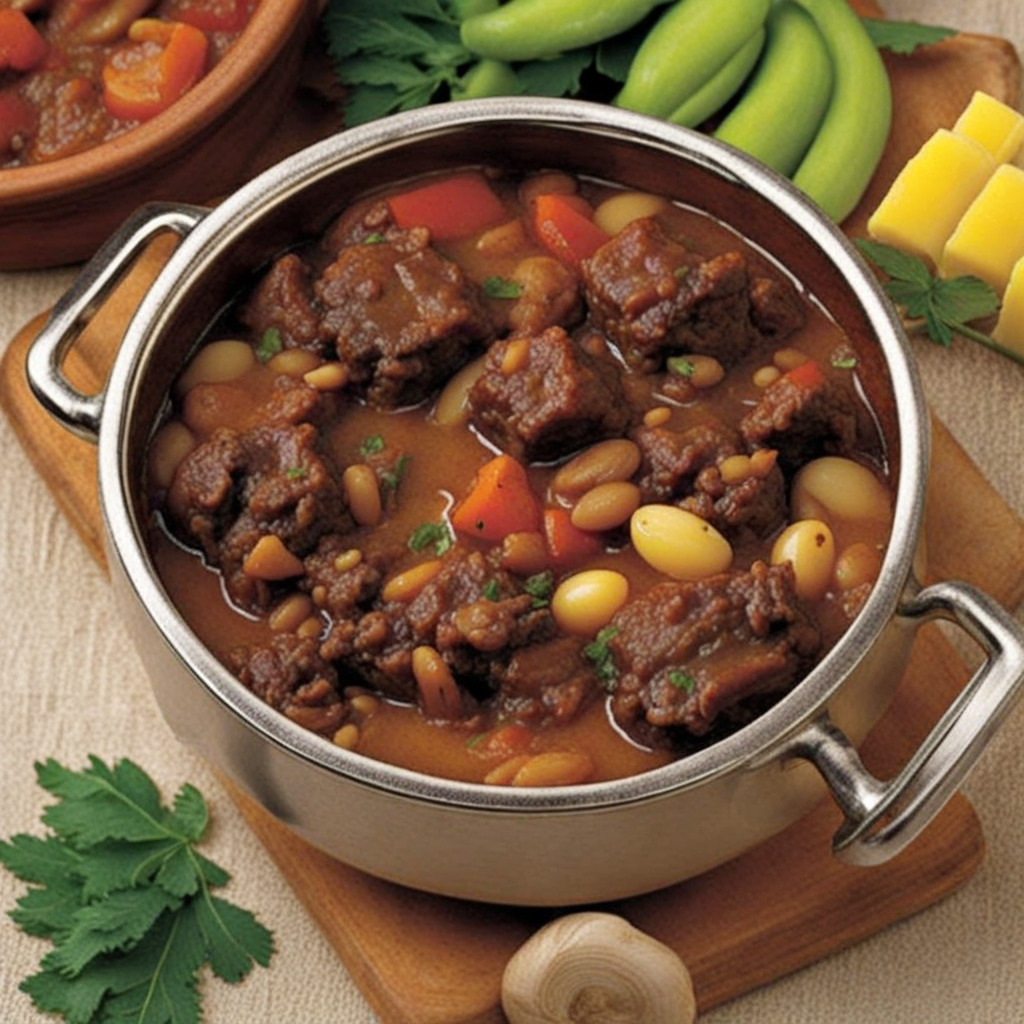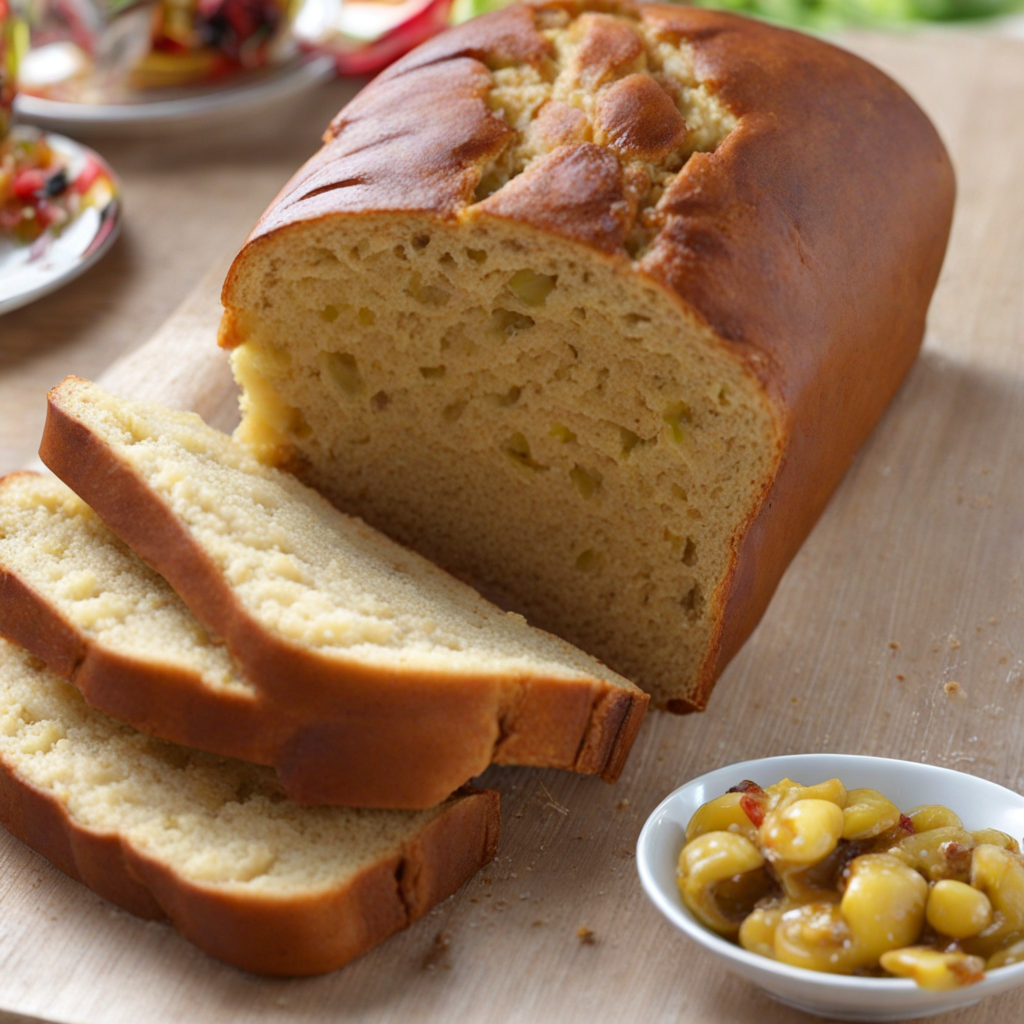Grater Cake
Grater Cake is a delightful Jamaican treat that embodies the rich flavors and vibrant culture of the island. This sweet confection is made primarily from grated coconut, which gives it a unique chewy texture and a natural sweetness. The coconut is mixed with sugar, flour, and sometimes a hint of vanilla or almond extract, creating a harmonious balance of flavors. The mixture is then pressed into a pan and baked until it reaches a golden brown hue, resulting in a dessert that is both visually appealing and irresistibly delicious. The preparation of Grater Cake is a labor of love, often made during festive occasions or family gatherings. As the cake bakes, the aroma of toasted coconut fills the air, enticing everyone around. Once cooled, the cake is cut into squares or rectangles, making it easy to share and enjoy. Its rich, sweet flavor profile is complemented by the slight crunch from the toasted coconut, making each bite a delightful experience. The combination of textures—from the soft, moist interior to the crisp edges—creates a satisfying contrast that keeps you coming back for more. Grater Cake is not just a treat but also a part of Jamaican heritage, often enjoyed with a cup of tea or alongside other traditional dishes. It carries the essence of the Caribbean, showcasing the use of local ingredients and the love for sweet treats that Jamaicans hold dear. For those seeking to explore new flavors, Grater Cake offers a wonderful introduction to the sweetness and warmth of Jamaican cuisine, inviting you to savor each bite and discover the joy of this beloved dessert.
How It Became This Dish
Origin of Grater Cake Grater Cake, a beloved Jamaican treat, has its roots deeply embedded in the island's rich culinary traditions. The dish is primarily made from grated coconut, sugar, and spices, reflecting the Caribbean's abundant natural resources. The origins of Grater Cake can be traced back to the indigenous Taino people, who were among the first inhabitants of Jamaica. They utilized coconuts in various forms, laying the groundwork for many coconut-based dishes that would later become staples in Jamaican cuisine. The arrival of African slaves in the 17th century brought further influences to Jamaican cooking, including new methods of preparation and additional ingredients. With the fusion of African, European, and indigenous Taino culinary practices, Grater Cake began to evolve. The name "Grater Cake" comes from the method of preparation, where fresh coconut is grated using a grater — a tool that has been used in various cultures for centuries. This simple yet effective technique allowed for the creation of a sweet, chewy confection that would delight generations. \n\n Cultural Significance Grater Cake is more than just a dessert; it is a cultural symbol of Jamaica's heritage and community. Traditionally, it is prepared during festive occasions, family gatherings, and celebrations, making it a staple at weddings, birthdays, and Christmas festivities. The preparation of Grater Cake often involves the entire family, with each member contributing to the process. This communal activity strengthens bonds and fosters a sense of togetherness, encapsulating the spirit of Jamaican culture. The cake's vibrant colors and sweet aroma evoke memories of home for many Jamaicans, both on the island and in the diaspora. It serves as a reminder of the island's agricultural abundance, particularly in coconut production. The coconut palm is often referred to as the "Tree of Life" in the Caribbean, as virtually every part of the tree can be utilized, from the fruit to the leaves. Grater Cake embodies this sentiment, showcasing the versatility of local ingredients and the creativity of Jamaican cooks. \n\n Development Over Time As Jamaica's culinary landscape evolved, so did Grater Cake. The traditional recipe has remained largely unchanged, but modern variations have emerged, incorporating new flavors and textures. Some contemporary recipes include additions like nuts, dried fruits, or even chocolate, catering to diverse palates and preferences. This adaptability illustrates the dish's resilience and enduring popularity, allowing it to remain relevant in today's culinary scene. With the rise of globalization and the influence of social media, Grater Cake has gained recognition beyond Jamaica's shores. Food enthusiasts and chefs worldwide have taken an interest in Caribbean cuisine, leading to increased exposure for traditional dishes like Grater Cake. It is now featured in various cookbooks, food blogs, and culinary festivals, where it is celebrated as a symbol of Jamaican identity and heritage. \n\n Ingredients and Preparation The traditional ingredients of Grater Cake are simple yet full of flavor. Freshly grated coconut is the star of the show, often combined with sugar, vanilla, and spices such as nutmeg or cinnamon. Some recipes may call for a touch of salt to balance the sweetness. The mixture is then pressed into a mold or tray and allowed to set, resulting in a firm, sliceable cake that is both chewy and rich in coconut flavor. Making Grater Cake is a labor of love, requiring time and patience. The process begins with selecting ripe coconuts, which are then broken open, and the meat is grated. This step is crucial, as the quality of the coconut directly impacts the final product. Once grated, the coconut is mixed with sugar and spices, then spread into a tray and baked or left to set at room temperature. The final product is often cut into squares or rectangles, making it easy to share and enjoy. \n\n Regional Variations While Grater Cake is indigenous to Jamaica, similar coconut-based desserts can be found throughout the Caribbean, each with its unique twist. In Trinidad and Tobago, for instance, there is a variant known as "Coconut Sweet" that features a similar base but may include different spices and flavorings. In Barbados, you might encounter "Coconut Drops," which are smaller, bite-sized treats that also highlight the island's love for coconut. These regional variations showcase the adaptability of coconut as an ingredient and the shared culinary heritage of the Caribbean islands. While each version has its distinctive characteristics, they all share the common theme of celebrating the flavors and traditions of the region. Grater Cake, in particular, remains a cherished symbol of Jamaican culture, reflecting the island's history, creativity, and community spirit. \n\n Grater Cake in Modern Times In contemporary Jamaica, Grater Cake continues to hold a special place in the hearts of many. It is often enjoyed as a snack or dessert, paired with tea or as part of a larger meal. Street vendors and local bakeries frequently offer Grater Cake, making it accessible for everyone. The dish has also made its way into modern culinary practices, with chefs experimenting with innovative presentations and pairings, such as serving it with tropical fruits or incorporating it into layered cakes. Moreover, Grater Cake has found a home in the growing trend of "clean eating" and natural desserts. As consumers become more health-conscious, the demand for authentic, minimally processed treats has increased. Grater Cake's simple ingredients make it a fitting choice for those seeking a sweet indulgence without artificial additives. \n\n Conclusion Grater Cake is a testament to Jamaica's vibrant culinary heritage, encapsulating centuries of tradition, community, and innovation. From its humble beginnings with the Taino people to its modern-day adaptations, this beloved dessert continues to evoke memories of home and celebration. As global interest in Caribbean cuisine grows, Grater Cake stands out not just as a delicious treat but as a symbol of resilience, creativity, and cultural pride. Whether enjoyed at a family gathering, a festive celebration, or simply as a sweet snack, Grater Cake remains an enduring favorite, cherished by Jamaicans and food lovers alike.
You may like
Discover local flavors from Jamaica







